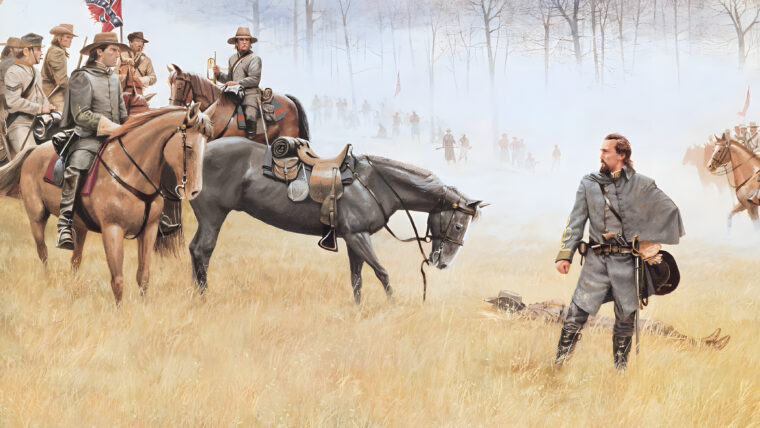
The Battle of Tupelo, June – July 1864
By Edward Holub and John Marchetti
“For God’s sake, if Mr. Forrest will let me alone, I will let him alone. Read more

By Edward Holub and John Marchetti
“For God’s sake, if Mr. Forrest will let me alone, I will let him alone. Read more
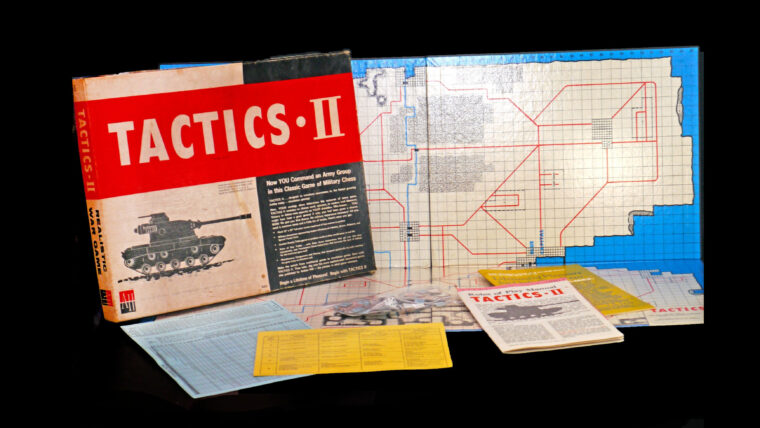
The debate over the outcome of famous battles, or how aspects of them might have happened differently, often begins almost before the wounded have healed or the long-lasting results have been understood. Read more
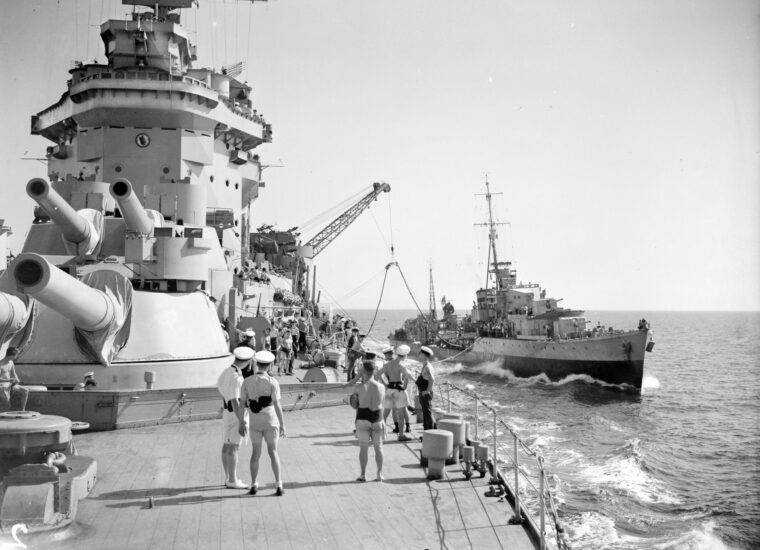
HMS Warspite fought in two world wars and several major battles against a combination of enemies to become the most decorated ship ever to serve the Royal Navy. Read more
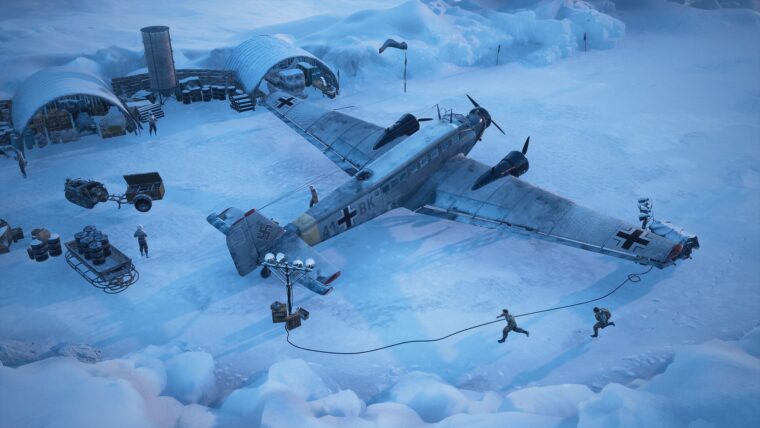
The vaunted Commandos series is going back to the beginning in the latest entry, appropriately titled Commandos: Origins. Read more
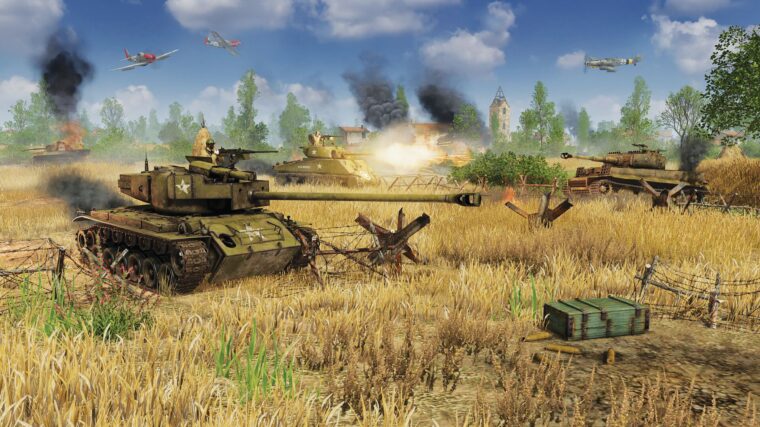
The Men of War series first kicked off with Soldiers: Heroes of World War II in 2004 and has gone by a few other names since. Read more
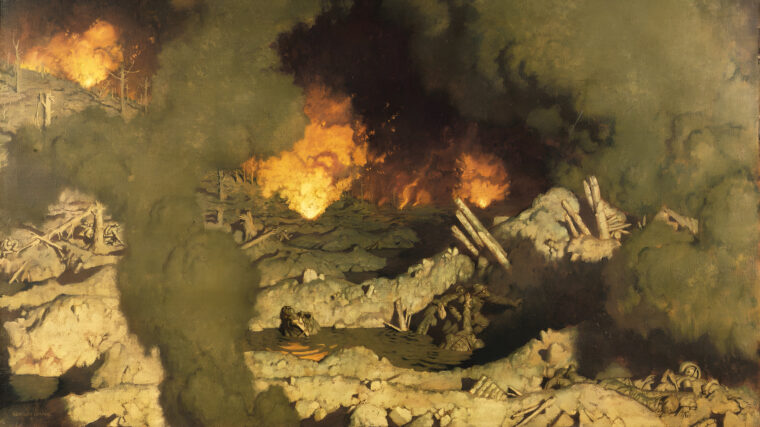
Operation Gericht—which means “judgment” or “tribunal”—was the German offensive of the Battle of Verdun. The operation was the brainchild of Erich von Falkenhayn, chief of the German general staff as the year 1915 was coming to a close. Read more
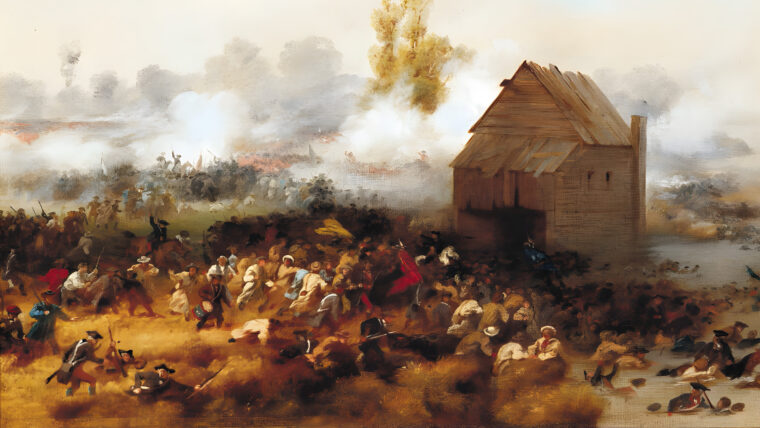
For General Washington and his Continental Army the situation had become desperate. The ink had hardly dried on the Declaration of Independence when 30 British warships and 400 transports under Admiral Lord Richard Howe sailed unchallenged past the Sandy Hook lighthouse to the Tory stronghold of Staten Island. Read more
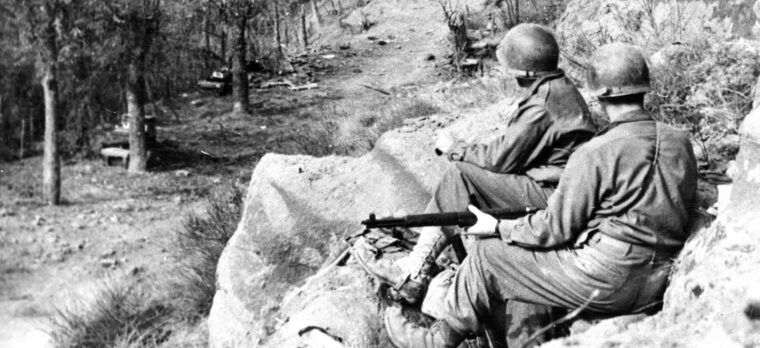
By Michael E. Haskew
The monotonous rattle and snap of the film projector provided a steady accompaniment to the images flickering across the screen in the darkened room. Read more
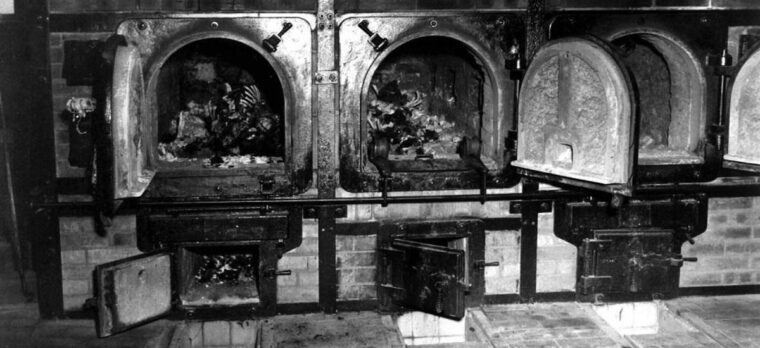
World War II, the deadliest military conflict in history, claimed the lives of nearly four percent of the Earth’s 1940 census. Read more
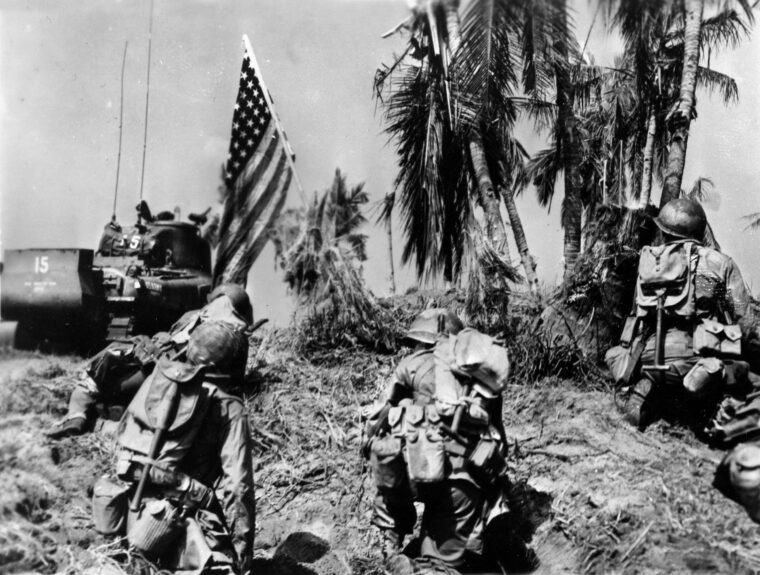
Apprised of an approaching LCM full of VIPs, the beachmaster surveyed his busy dock full of ships loading and unloading troops and supplies at Red Beach on the Philippine island of Leyte. Read more
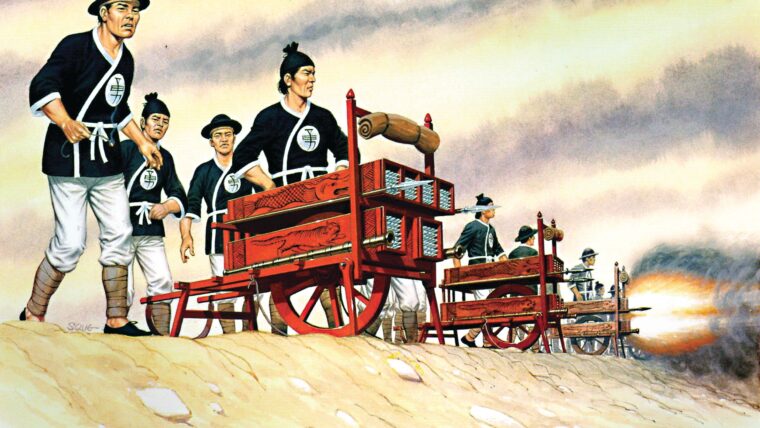
Korean General Kwon Yul shouted the one-word order down the hill. Scarcely had it left his lips before it was lost in a deafening crash. Read more
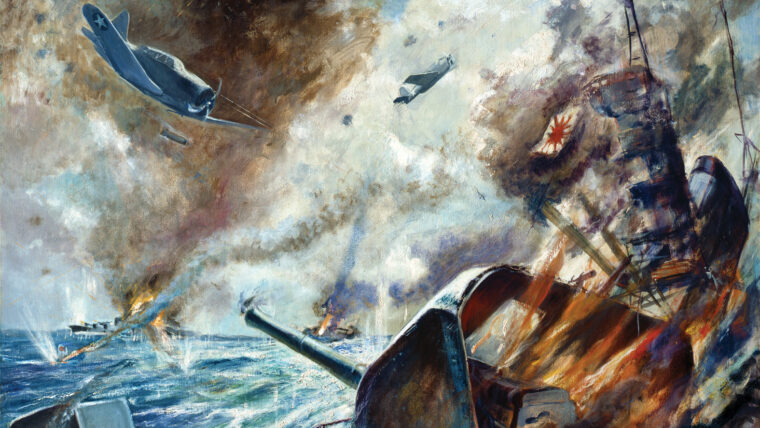
For Australian coastwatcher Ruby Boye, an Allied agent stationed on the South Pacific island of Vanikoro, it started much like any other morning. Read more
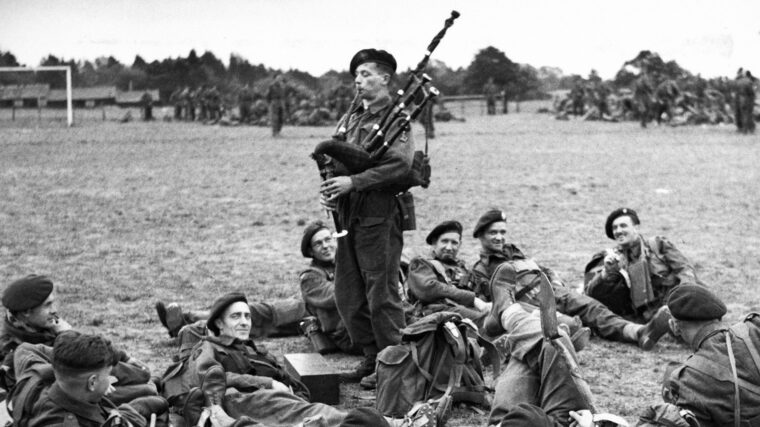
It was the evening of Monday, June 5, 1944, and an armada of almost 5,000 ships stood off the southern coast of England, primed and ready for the greatest amphibious invasion in history. Read more
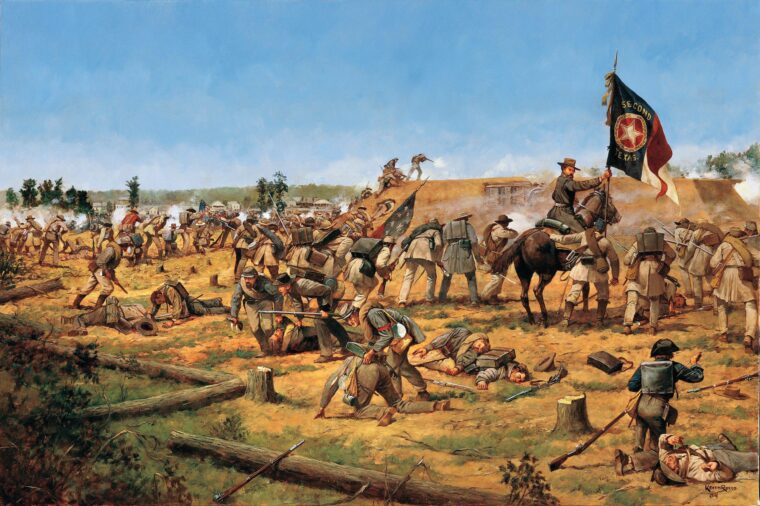
In the fall of 1862, Confederate armies were making their first and only coordinated effort to carry the war into the North. Read more
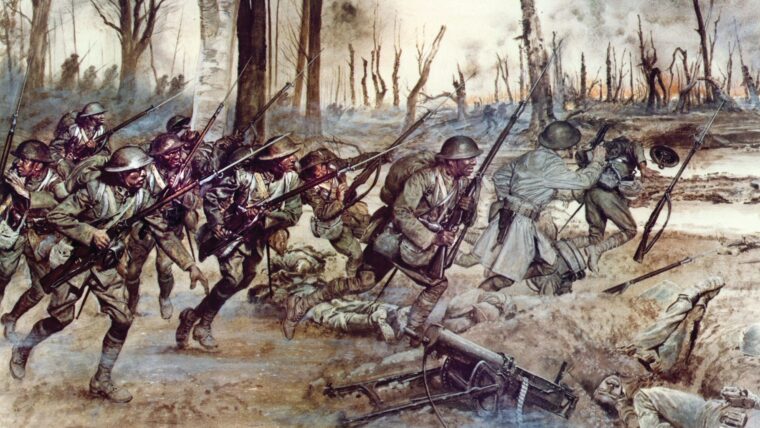
In the early hours of May 15, 1918, U.S. Army Corporal Henry Johnson and Private Needham Roberts sat in an outpost along the French lines at the western edge of the Argonne Forest. Read more
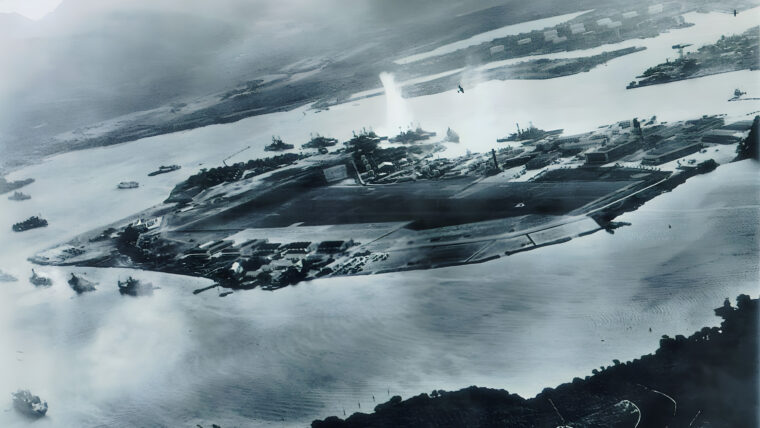
EDITOR’S NOTE: The following is a work of fiction written as if it were historical fact. It is a chapter in a book of alternate history entitled Rising Sun Victorious (Greenhill Books, London, 2001), which is a compilation of like chapters and was a Main Choice of the Military Book Club and Alternate Selection of the History Book Club. Read more
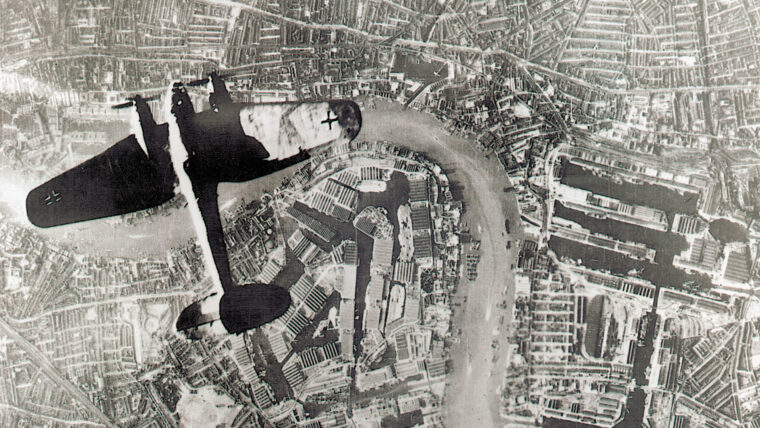
During the summer of 1940, Winston Churchill was fighting a two-front war. The first was against Adolf Hitler and his war machine, particularly his Luftwaffe. Read more
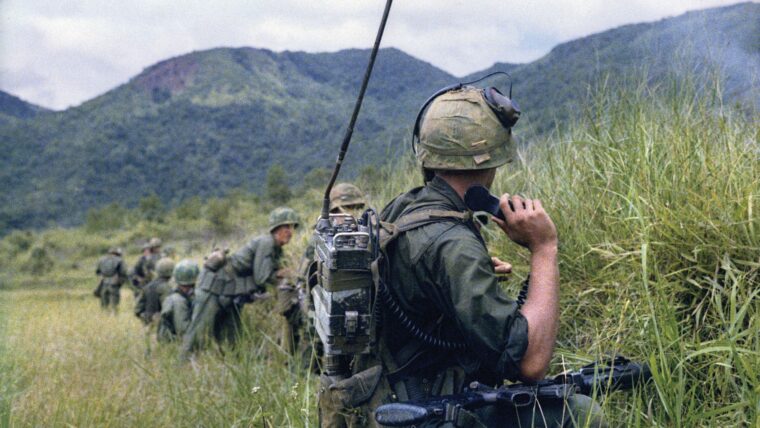
By January 1967, the buildup of Communist forces in the Demilitarized Zone (DMZ) convinced Gen. William Westmoreland that a large-scale incursion by North Vietnam’s People’s Army of Vietnam (PAVN) was only a matter of time. Read more
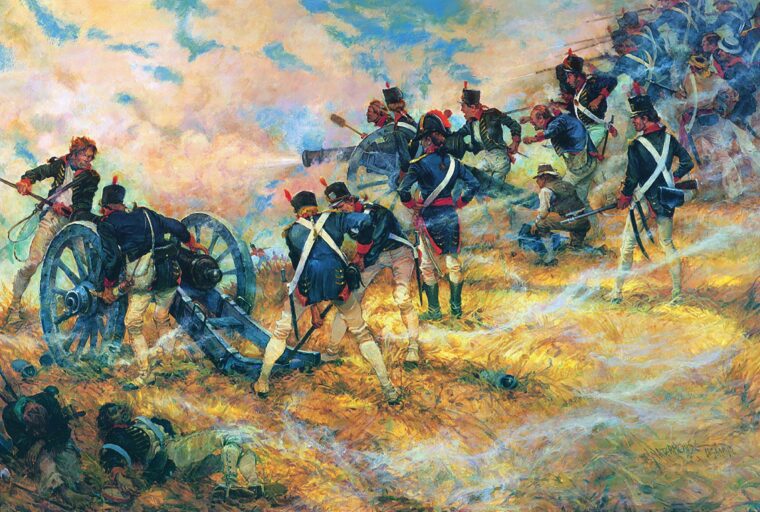
News arrived in the capital city that the British army had defeated a hastily-gathered and rag-tag collection of American soldiers, sailors, militiamen, and government clerks in Maryland at Bladensburg. Read more
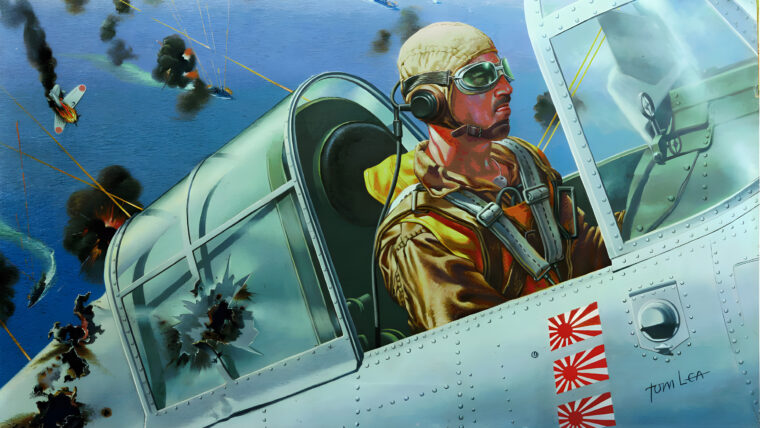
The seesaw land, air, and sea battles on, over, and around desperately contested Guadalcanal island had been raging since August 7, and still there was no victor. Read more